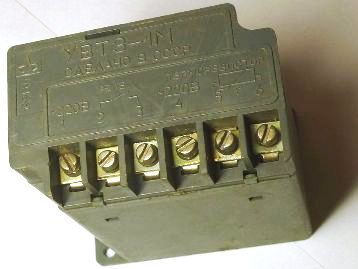Selection of the type of motor protection
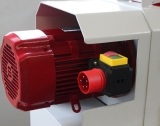 Emergency modes occur during the operation of various electrical installations. The main ones are short circuits, technological overloads, incomplete phase modes, jamming of the rotor of an electric machine.
Emergency modes occur during the operation of various electrical installations. The main ones are short circuits, technological overloads, incomplete phase modes, jamming of the rotor of an electric machine.
Emergency modes of operation of electric motors
The short-circuit mode is understood when the overload current exceeds the nominal several times. The overload mode is characterized by an overcurrent of 1.5 — 1.8 times. Technological overloads lead to an increase in the temperature of the motor windings above the permissible level, its gradual destruction and damage.
Phase loss (phase loss) occurs in the event of a blown fuse in a phase, wire break, contact failure. In this case, a redistribution of currents occurs, increased currents begin to flow through the windings of the electric motor, it is possible that the mechanism stops and the electric machine breaks down. The most sensitive to half-phase modes are electric motors of low and medium power, i.e., which are most often used in industry and agriculture.
The rotor is stuck electric machine can occur when the bearing is destroyed, a running machine is stuck. This is the hardest mode. The rate of increase in the temperature of the stator winding reaches 7 — 10 ° C per second, after 10 — 15 s the motor temperature exceeds the permissible limits. This mode is most dangerous for engines with low and medium power.
The largest number of emergency failures of electric motors are due to technological overloads, jamming, destruction of the bearing unit... Up to 15% of failures occur due to phase failure and occurrence of unacceptable voltage imbalance.
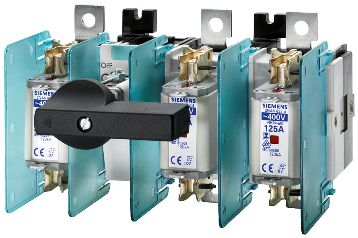
Types of electrical devices for the protection of electric motors
To protect electrical equipment from emergency modes, circuit breakers, fuses, thermal relays, built-in temperature protection devices, phase sensitive protection and other devices.
When choosing a type of protection, specific operating conditions, speed, reliability, ease of use and economic indicators are taken into account.
In electrical installations up to 1000 V, protection by short-circuit fuses or electromagnetic overcurrent releases built into circuit breakers is usually carried out.
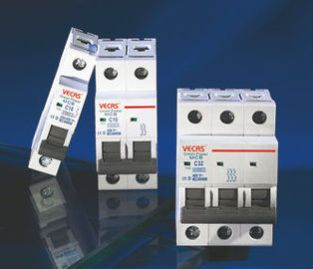
In addition, short-circuit protection of electric motors can be carried out with a tox relay connected to one of the stator phases directly or by means of a current transformer and a time relay.
Overload protection They are divided into two types: direct-acting protection, which reacts to overcurrent, and indirect protection, which reacts to overheating.The most common type of overcurrent protection used to protect electric motors from overload (including tripping) are thermal relays... They are produced in the TRN, TRP, RTT, RTL series. Three-phase thermal relays PTT and RTL also protect against phase loss.
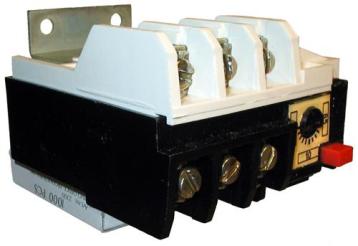
Phase sensitive protection (FUS) protects against loss of phase, jamming of the mechanism, short circuit, low insulation resistance of the electric motor.
Protection against overloading and jamming of the mechanism can also be carried out with the help of special safety connectors... The indicated type of protection is used on press equipment. To protect against phase failure, phase failure relays of the type E-511, EL-8, EL-10, modern electronic and microprocessor relays are serially produced.
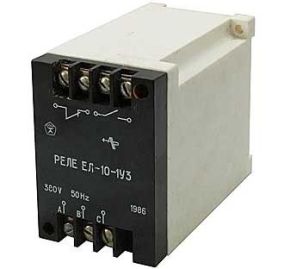
Protection of indirect actions includes built-in temperature protection UVTZ, which reacts not to the current value, but to the temperature of the motor winding, regardless of the reason that caused the heating. Currently, modern electronic and microprocessor thermal relays are increasingly used for these purposes, responding to changes in the resistance of the thermistors built into the stator winding of the electric motor.
The procedure for choosing the type of protection for electric motors
When choosing the type of protection, you should be guided by the following provisions:
-
the most critical electrical receivers, the failure of which can lead to major damage, subject to systemic contamination or operating at elevated temperatures, as well as with sharply changing loads (crushing machines, sawmills, forage machines), must be protected with built-in temperature protection and circuit breakers or fuses.
-
The protection of low-power electric motors (up to 1.1 kW) that are serviced by highly qualified personnel can be carried out by thermal relays and fuses.
-
It is recommended to protect the protection of electric motors of medium power (more than 1.1 kW) operating without service personnel with phase-sensitive devices.
These recommendations are based on the results of the analysis of the operation of the protective apparatus in emergency conditions. At the same time, the following characteristics of the functioning of the protective devices were established.
Thermal relays, phase-sensitive protection and built-in temperature protection work reliably at low overloads and extended operating modes. In this case, the choice of the preferred device should take into account economic indicators. In variable loads with a load fluctuation period commensurate with the constant heating of the motor, thermal relays do not operate reliably and integrated temperature protection or phase-sensitive protection must be used. For random loads, protective devices that operate as a function of temperature rather than current are more reliable.
When the electric drive is connected to a network with an incomplete phase, a current close to the starting current flows through its windings, and the protective devices work reliably. But if a phase break occurs after switching on the electric motor, then the amperage depends on the load. Thermal relays in this case have a significant dead zone, and it is better to use phase-sensitive protection and built-in temperature protection.
For prolonged start-up, the use of thermal relays is undesirable.If you start at a lower voltage, the thermal relay may mistakenly shut down the motor.
When the rotor of an electric motor or running machine is stuck, the current in its windings is 5-6 times higher than the nominal one. Thermal relays in this situation should turn off the electric motor within 1-2 seconds. Temperature protection in case of overcurrent 1.6 times and higher has a large dynamic error, so the electric motor may not be turned off, there will be unacceptable overheating of the windings and a sharp reduction in the service life of the electric machine. Thermal relays and built-in thermal overload protection operate with low efficiency. In such situations, it is better to use phase-sensitive protection.
When using modern RTT and RTL thermal relays, the degree of damage to electrical equipment is much lower than when using a relay of the TRN, TRP type, and in some cases is comparable to the degree of damage when installing built-in thermal protection.
Currently, for the protection of particularly important electric motors, modern universal microprocessor protection devices, combining all types of protection and having the ability to flexibly configure the response parameters.
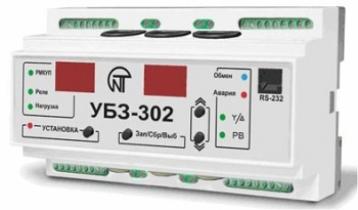
The field of application of various protective devices depends on the number of failures of electrical equipment, the amount of technological failures during shutdown, the cost of purchasing protective equipment. An exploration of the possibilities is required to select the preferred option.

